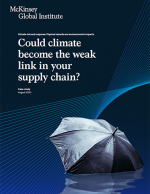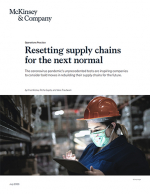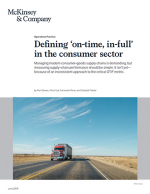How Automakers Can Drive Electrified Vehicle Sales and Profitability
Within this report, McKinsey is releasing new findings from a global survey on consumer attitudes toward EVs that include plug-in hybrid and battery electric vehicles, McKinsey analysis reveals current pent-up consumer demand for EVs with some stubborn and well known barriers, but also provocative and unexpected opportunities.
Auto shows are premiere events for presenting new electrified vehicle (EV) models and e-mobility strategies.
Yet at recent salons, the limelight returned to SUVs, pickups, andcrossovers powered by combustion engines.
Besides enjoying red-hot sales right now, these models with conventional powertrains are generally much more profitable, relegating many EV models to the shadows.
The muted reception for EVs reflects the industry’s tempered excitement about the shortterm economic potential for electrification.
Automakers know that the need for electrification strategies will grow, given that global sales of battery electric vehicles (BEVs) and plug-in hybrid vehicles (PHEVs) have grown quickly from ~6,000 units in 2010 to more than 400,000 units through the first three quarters of 2016.
They also view e-mobility as essential to achieving compliance with emission and fuel economy targets and mandates.
At the same time, it is clear that internal combustion engines (ICE) will remain a critical part of most automakers’ powertrain strategies.
As a result, automakers face a difficult challenge: They must strike the right balance between selling enough electrified vehicles (EVs) to comply with tightening regulatory fleet emissions and fuel economy targets, while preventing the incremental cost of adding costly battery packs to their vehicles from cannibalizing corporate profits.
To compound matters, automakers cannot afford to lose focus on combustion engine models, which are often more profitable.
Against this backdrop, our latest report provides fresh insights and potential solutions.
The report highlights three key messages:
- Consumer demand is starting to shift in favor of electrified vehicles and has strong disruption potential
- Automakers will need greater agility to address challenges that hinder EV profitability
- Automakers can "electrify" their customer base – more profitably – by offering more tailored EVs and deploying new business models
What’s Related




Favorites





